Japan, land of the rising sun is a fascinating country where old meets new. It adheres to its traditions and its roots while allowing innovation and new trends. Today, Japanese architects play a vital role in setting global architectural trends. Many historical and contemporary architectural structures are now popular tourist destinations and spaces, which have not failed to fascinate the world.
Here is a list of Japanese people who changed the face of architecture. Hang on!
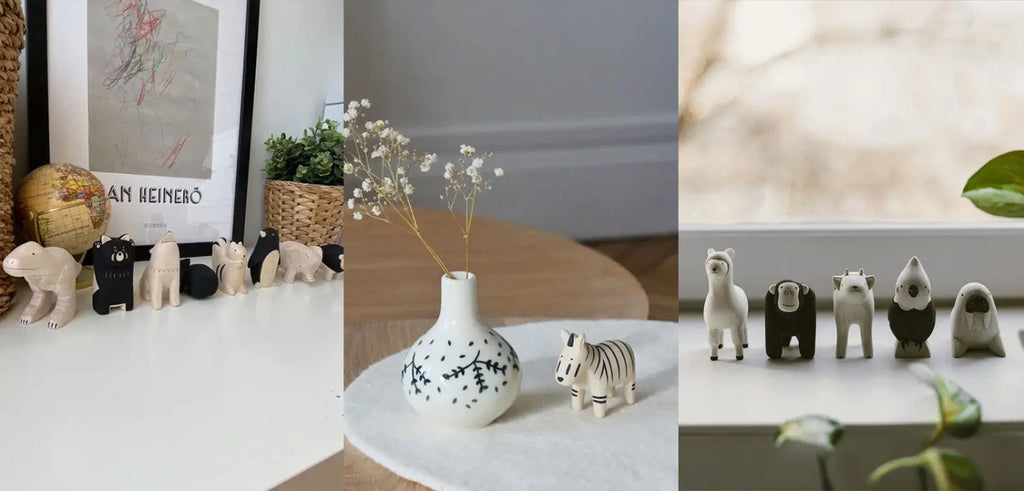 Love design and Japan? I invite you to consult our collection of handmade wooden decoration straight from Japan. T-lab animals are in line minimalist and elegant Japanese design.
Love design and Japan? I invite you to consult our collection of handmade wooden decoration straight from Japan. T-lab animals are in line minimalist and elegant Japanese design.
1.Kenzo Tange
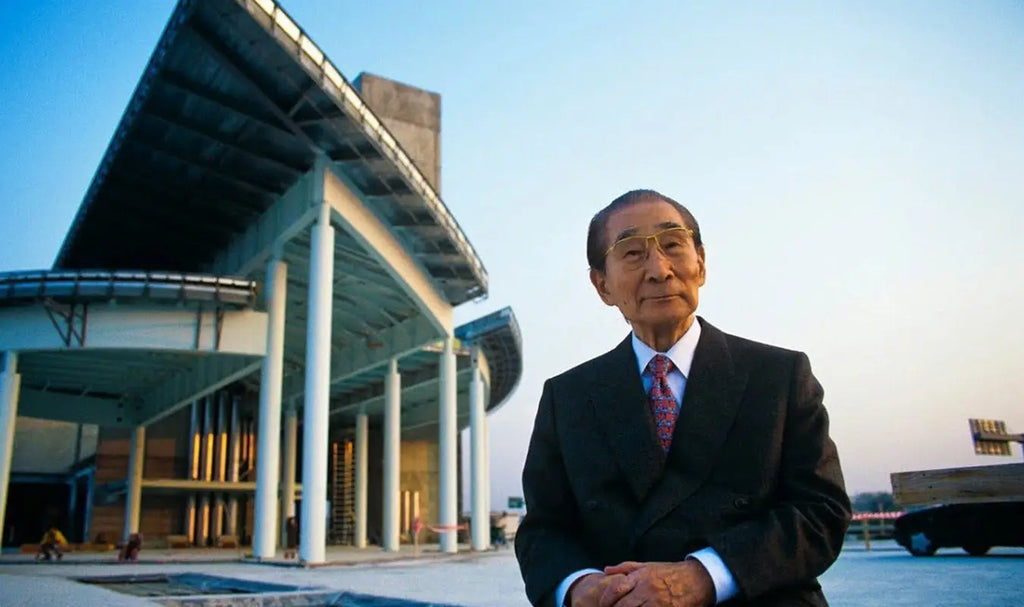
Japanese architect Kenzo Tange was born in Osaka, Japan on September 4, 1913. He was university professor and one of the main architects of the Metabolism movement in the 1960s. Tange is one of the most famous architects of the 20th century. He has incorporated traditional and modern architectural styles into his designs and has participated in various projects around the world. In 1987 he became the first Japanese architect to receive the coveted Pritzker Architecture Prize. At the 1960 World Design Conference, Tange presented one of his most famous projects, a concept for a floating city in Tokyo Bay. His son, Paul Noritaka, was named president of Kenzo Tange Associates in 1997, and in 2002 he founded Tange Associates.
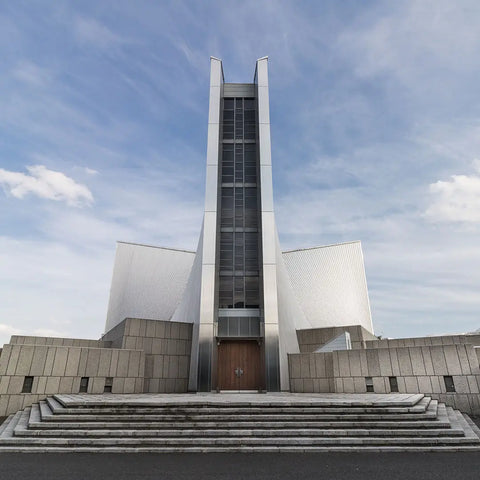 Hiroshima-Peace Memorial
Hiroshima-Peace Memorial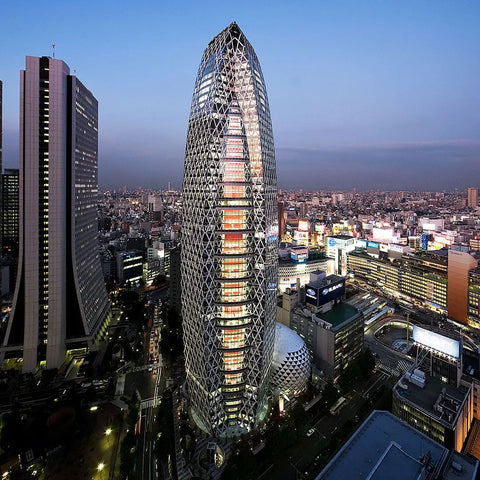 Tour Mode Gakuen Cocoon
Tour Mode Gakuen Cocoon
2.Tadao Ando
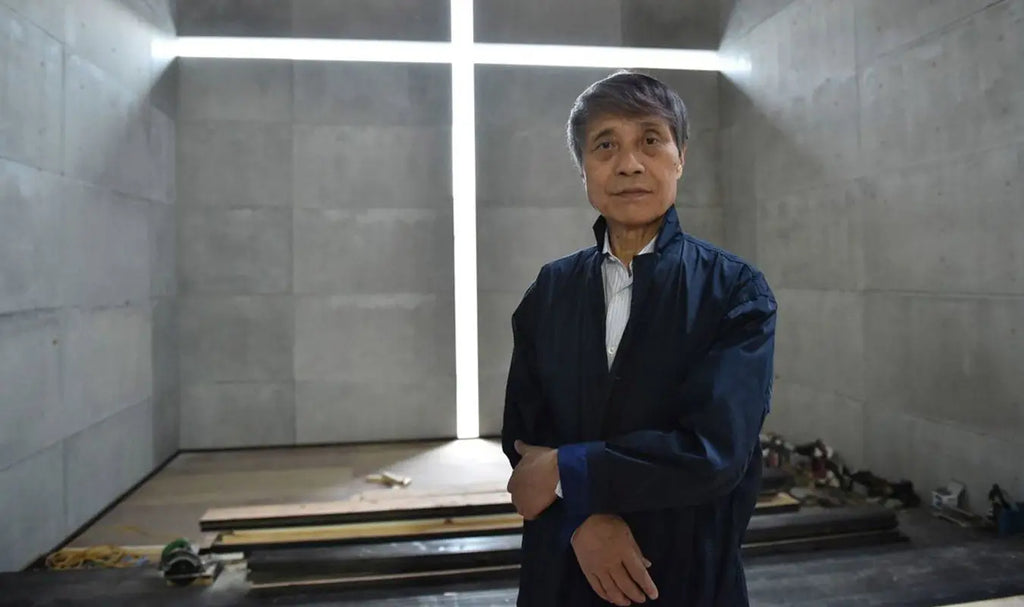
Born September 13, 1941, Tadao Ando is one of the Japanese architects inspired by the international icon, Le Corbusier. He was first attracted to architecture at the age of 15, but then became a boxer and truck driver. Between 1962 and 1968, he trained in design concepts through apprenticeships, night classes and exploring the world to study architecture. In 1969, he opened his firm Tadao Ando Architectural & Associates.
In a short time, he won the annual prize of the Architectural Institute of Japan and later, after being accepted by the international community, the Pritzker Prize for Architecture. His most famous achievements are the church of light, in Osaka, the water temple, in Hyogo, the 4×4 house, in Hyogo, and the Fabrica research center, in Italy. “I would like my architecture to inspire people to use their resources, to move towards the future,” he says.
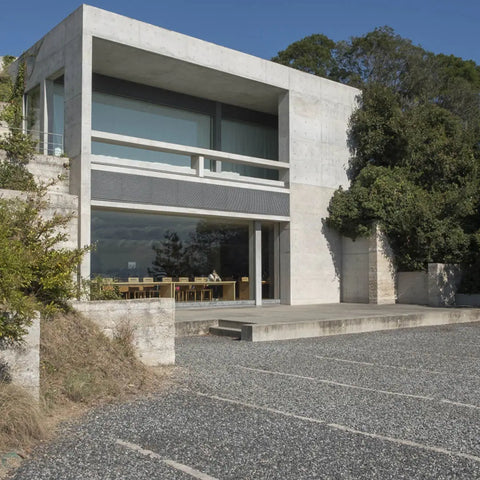
Chichu art museum
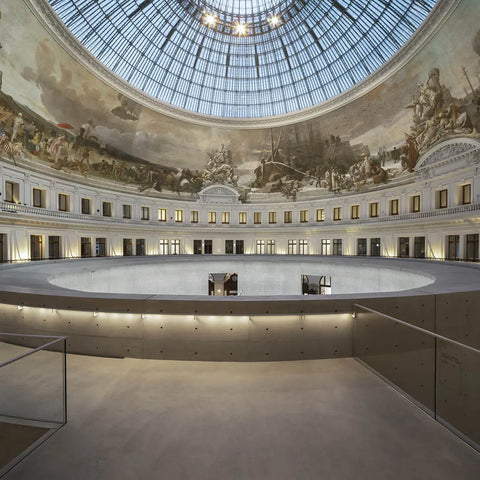 Trade exchange
Trade exchange
3. This is Toyo
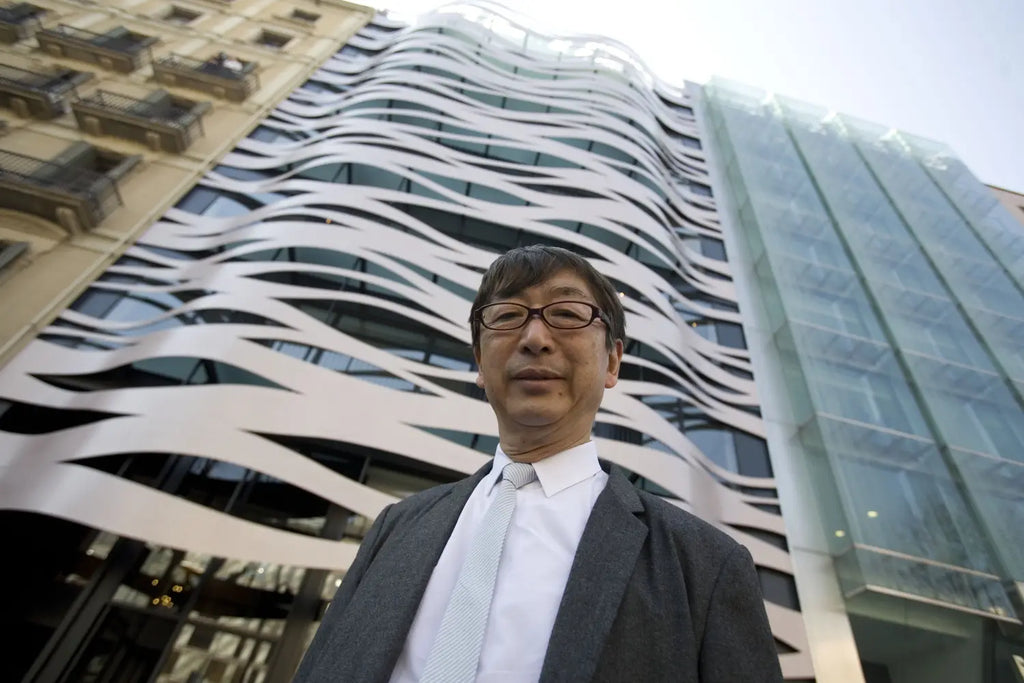
Ito Toyo is a renowned Japanese architect, known for his conceptual designs that attempt to simultaneously connect the physical and virtual worlds. Born on June 1, 1941, he admits he didn't take much interest in design during his youth, and his appeal was cultivated later in life. After graduating in architecture from the University of Tokyo, he worked for Kiyonori Kikutake & Associates, before setting up his own practice in 1971.
He believes in educating young architects and has trained some of Japan's most influential architects like Makoto Yokomizo, Astrid Klein and Kazuyo Sejima. Among the most famous projects of this Pritzker Prize winner are the Toyo Ito Museum of Architecture, the Tama University of Art Library in Tokyo and the Mikimoto Building in Tokyo.
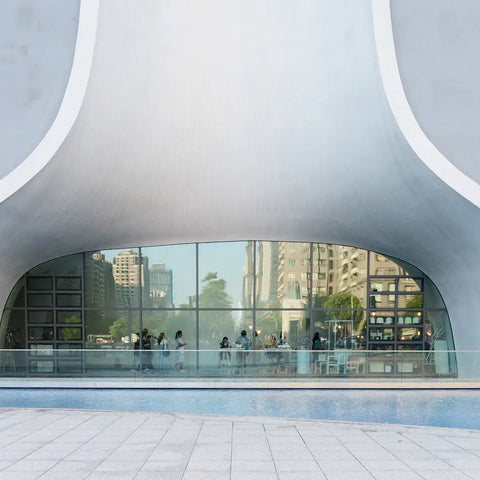
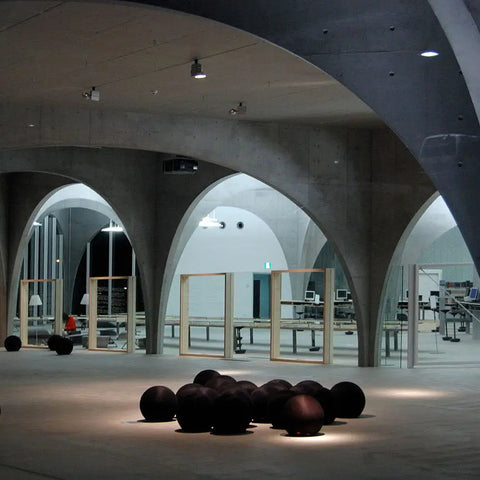 Tama Fine Arts University
Tama Fine Arts University4. Shigeru Ban
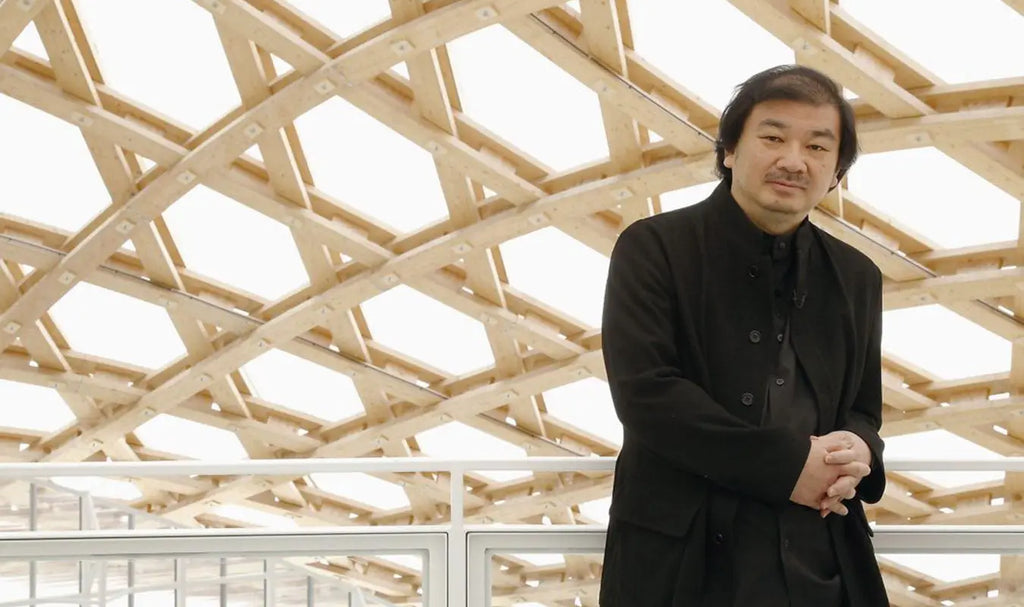
Also known as "the people's architect", the 2014 Pritzker Prize winner, Shigeru Ban, is a renowned architect who masters the combination of Japanese and American design elements. He began his practice in 1985 and has since worked on various projects around the world. His "Paper Architecture" philosophy comes from the Rwandan civil war of 1994, where living conditions were terrible; he had offered his paper tube shelters to the United Nations for refugees.
Since then, he has worked extensively on the design of temporary blankets for communities affected by natural disasters. "I did a lot of tests, and I finalized my research. Paper became part of my visual vocabulary. You know, paper is an industrial material. You can do almost anything with it. Wood , for example, is much more difficult to adapt to different needs," he explains.
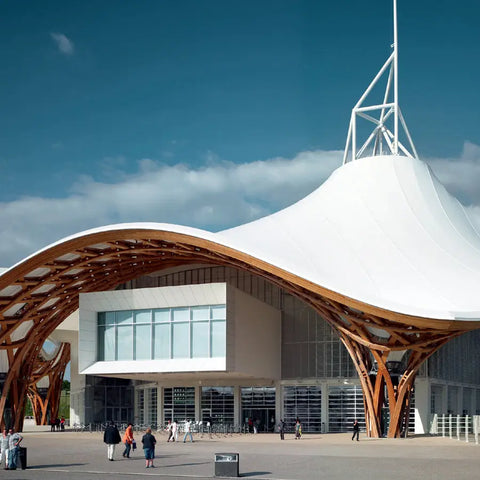
Center Pompidou-Metz
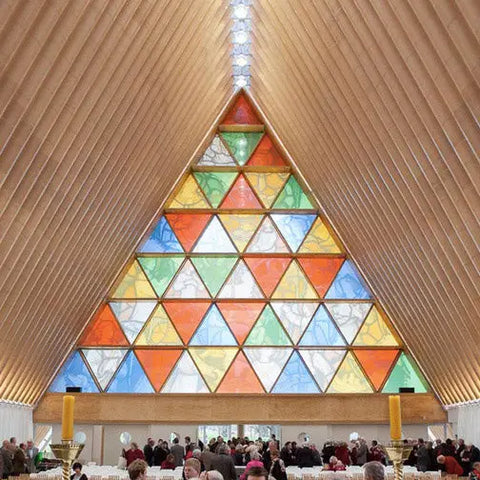
Eglise Takatori
5. Hara Hiroshi
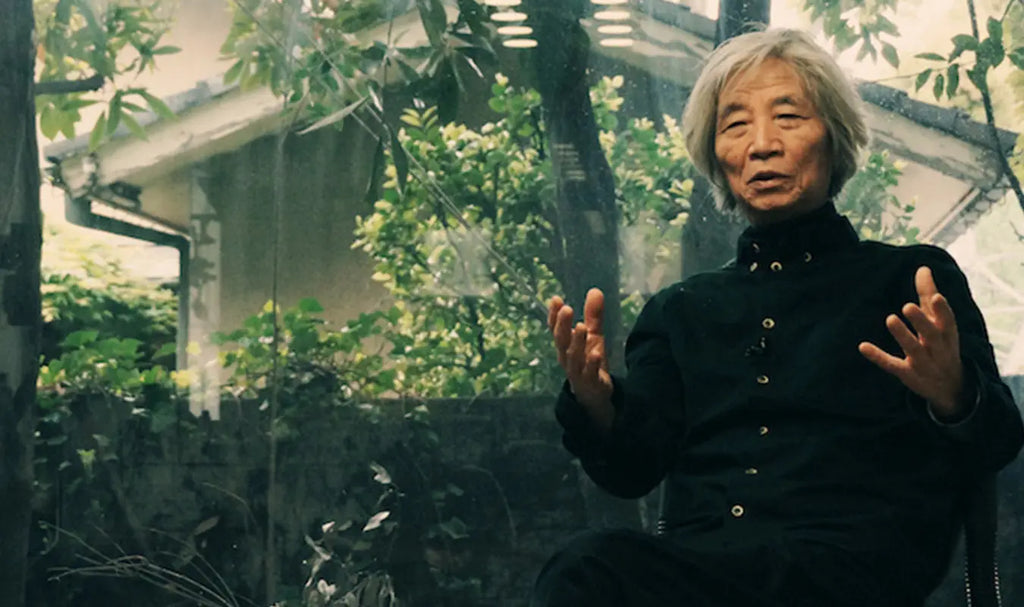
Born September 9, 1936, Hara Hiroshi is a Japanese author and architect. He obtained his bachelor's degree in 1959, his master's degree and his doctorate in 1964 from the University of Tokyo. He wrote many architectural essays, Discrete City being his most famous, and books like The 'Floating World' of His Architecture, Shūraku No Oshie 100, and Yet. Some of his favorite projects are the Sapporo Dome, the Experimental House in Argentina and the City Museum of Iida.
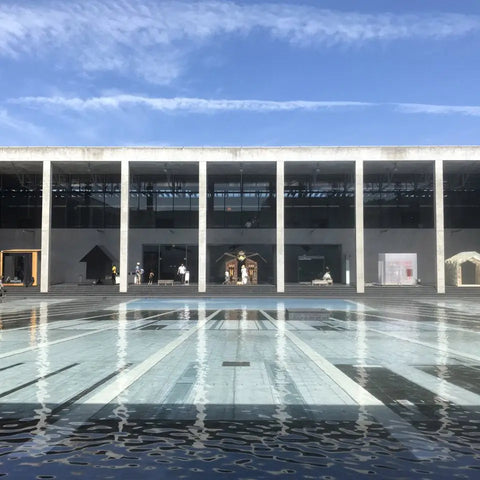
Musée Echigo Tsumari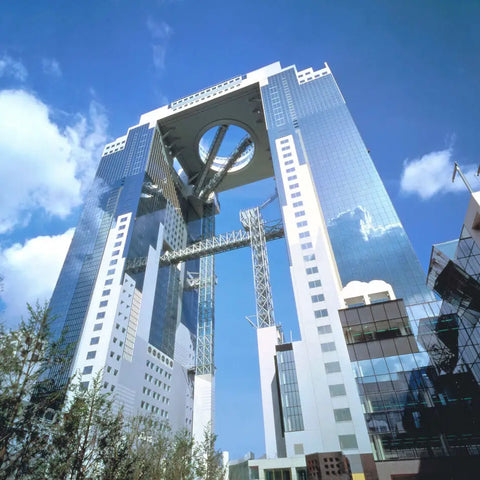 Umeda Sky Building
Umeda Sky Building
6. Kazuyo Sejima
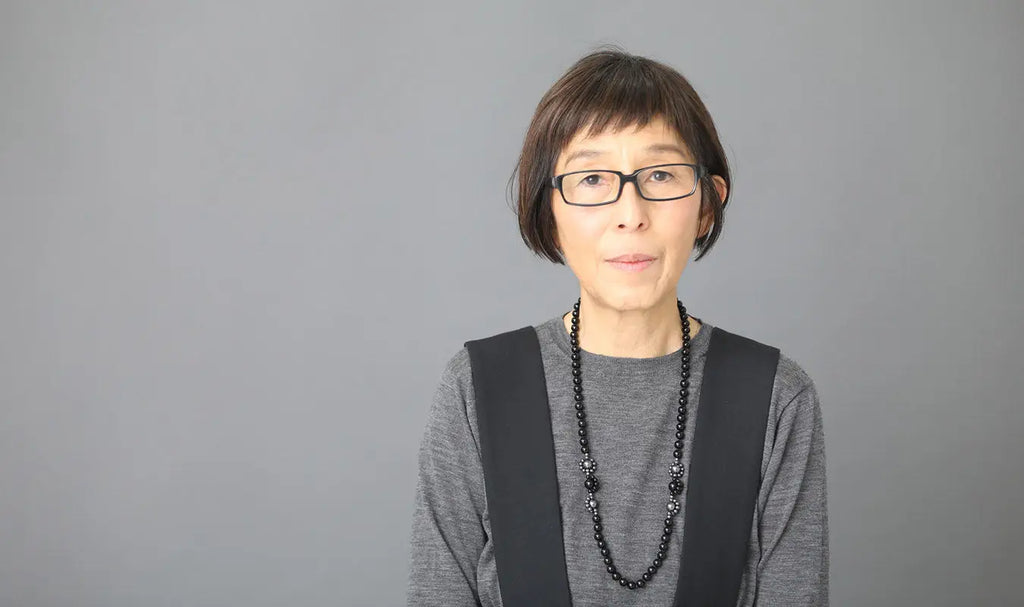
Known for her modernist designs, Kazuyo Sejima is thesecond woman to receive the Pritzker Prize in 2010. She received a bachelor's degree in architecture from Japan Women's University and then a master's degree in 1981. She began working with Toyo Ito until 1987. In the 1990s, she partnered with her former employee Ryue Nishizawa and opened a new studio, SANAA. They mainly designed structures in Japan, such as the Nishinoyama House in Kyoto and the O-Museum.
Their firm was also among the 11 finalists for the design of Japan's new national stadium for the 2020 Tokyo Olympics. Notable international projects include theater and center culturel De Kunstlinie in the Netherlands and the Rolex Learning Center at the Federal Polytechnic School of Lausanne, Switzerland.
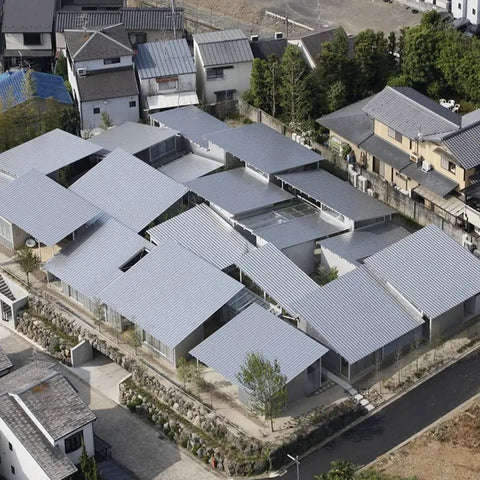
Maison-Nishinoyama
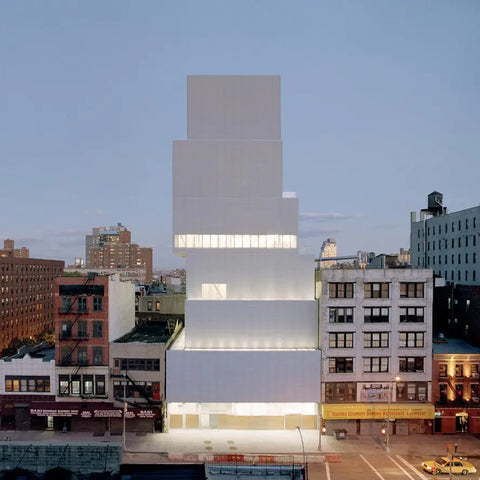 O Museum
O Museum
7.Oki Sato
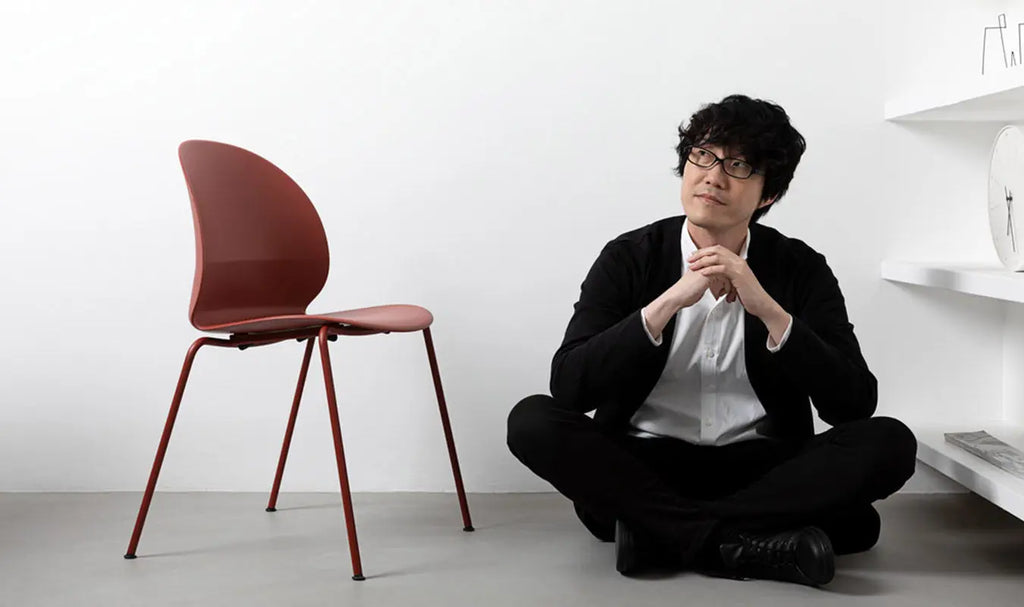
One of the most influential and well-known designers, Oki Sato, was born on December 24, 1977. He is an architect and designer who studied at the renowned Waseda University in Tokyo. He created his own studio, Nendo (Japanese word meaning plasticine). He has held many successful exhibitions around the world, one of his most iconic being the 50 Chairs Based on Japanese Manga Comics and Between Two Worlds (Escher X Nendo).
He works actively with many international brands in designing furniture, jewelry, graphics, bags and accepting various projects. He was the guest of honor at the famous interior design fair in Toronto and the Stockholm Furniture & Light Fair. Among his architectural projects are Siam Discovery, Kojimachi Terrace, Tenri Station Plaza CoFuFun, and many others. His company Nendo also designed the cauldron for the 2020 Tokyo Olympics, which was seen during the opening ceremony.
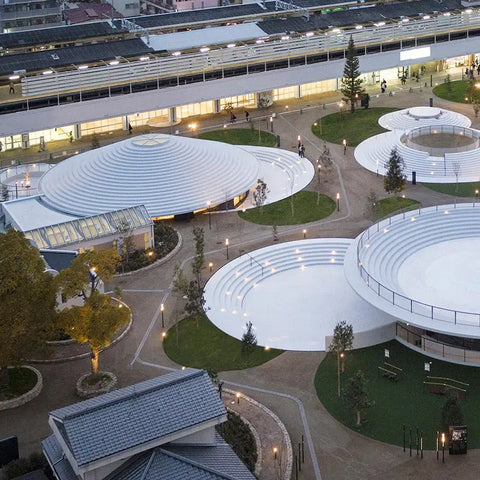 Tenri-Station Plaza-CoFuFun
Tenri-Station Plaza-CoFuFun
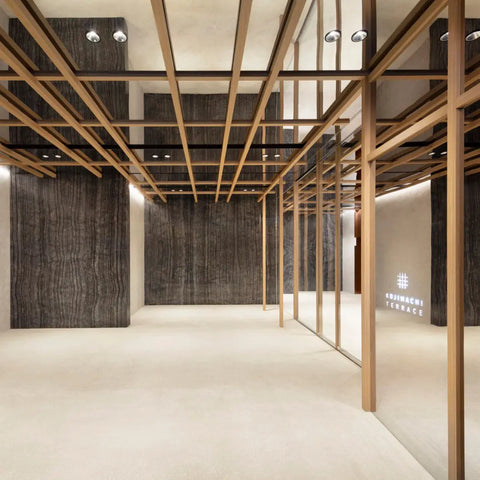 Terrasse Kojimachi
Terrasse Kojimachi
8.Terunobu Fujimori
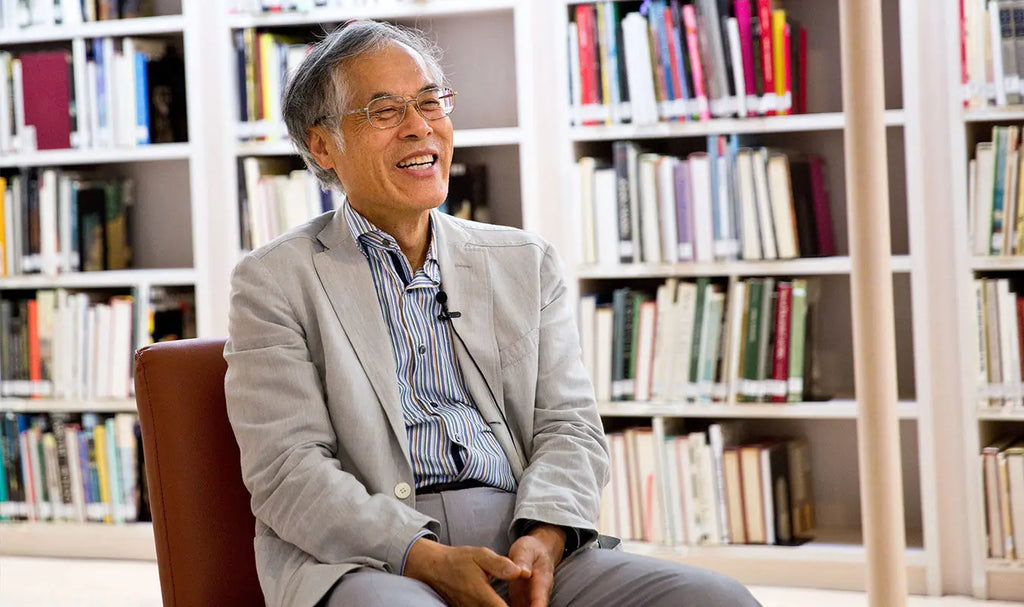
Terunobu Fujimori is a well-known architect and architectural historian. Born in Nagano Prefecture, he studied at Tōhoku University and completed his education at Tokyo University, and is currently a professor. Today, he is an author and television host. He also represented Japan at the Venice Biennale in 2006.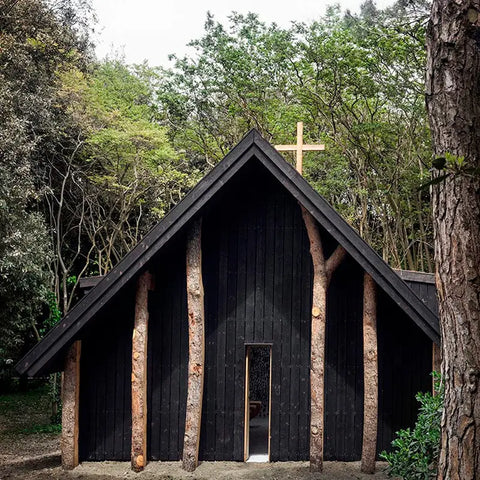 Vatican chapel
Vatican chapel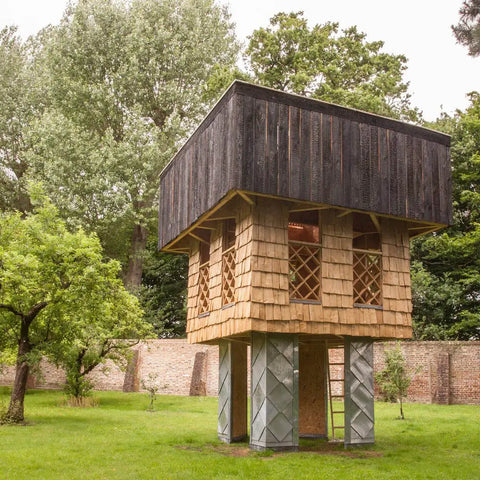 Seminar house pavilion
Seminar house pavilion
9. kisho kurokawa
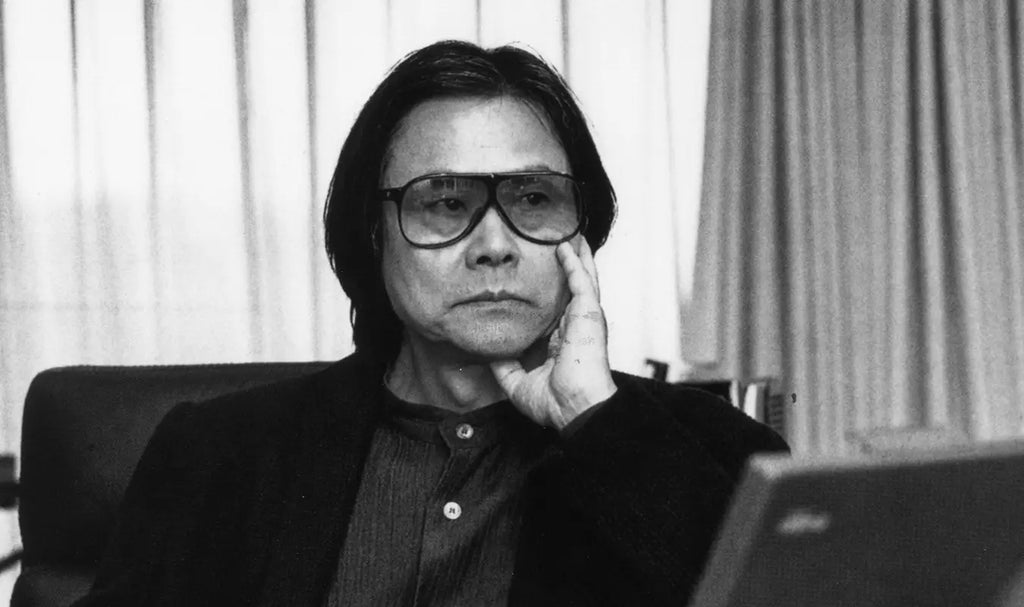
Son of a respected Japanese architect of the pre-World War II era, Kurokawa studied architecture under the direction of Tange Kenzō at the University of Tokyo (MA, 1959; Ph.D., 1964) after completing his undergraduate degree at Kyoto University in 1957. In 1960, he became one of the co-founders of the Metabolist movement, a group of radical architects based in Japan. Believing in a machine-age aesthetic, the Metabolists favored prefabrication and mass-produced architectural elements.
Kurokawa, the most radical of the group, made himself the advocate of buildings with a central core on which one could fix modules and capsules. He concretized this organic vision of architecture in buildings such as the Nakagin Capsule Tower in Tokyo and the Sony Tower in Osaka. In the Capsule Tower, detachable spaces intended to be apartments or studios were set on a concrete core, allowing the building to adapt to its changing needs.
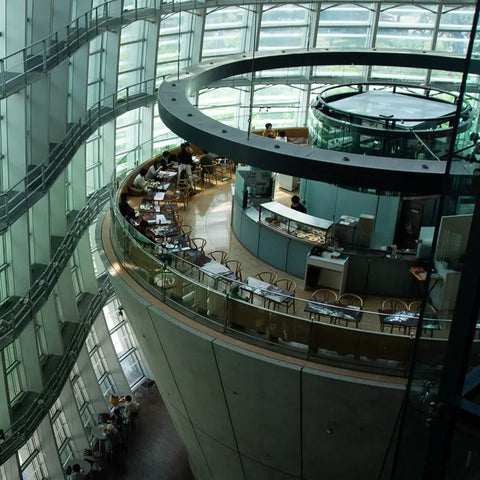
national-art-museum-tokyo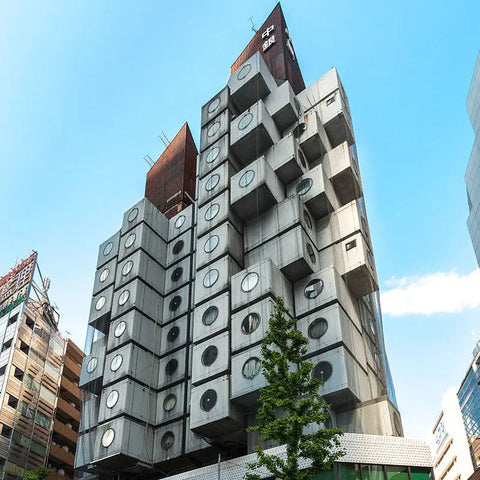 Nakagin tour capsule
Nakagin tour capsule
10.Kengo Get
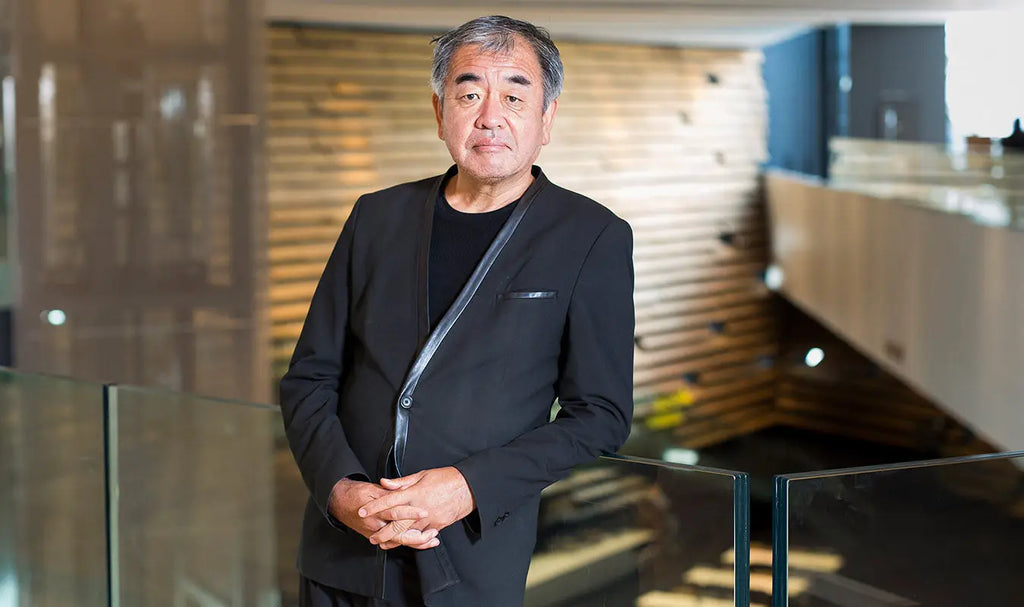
Kengo Get is considered one of the most important modern Japanese architects of the 21st century. He has been a leader in contemporary and traditional Japanese building techniques. After earning his master's degree from the prestigious Tokyo University, he worked for the TODA Corporation, then went to New York as a researcher at Columbia University.
Kuma established his company, Kengo Kuma & Associates, in 1990, and currently has offices in China (Shanghai and Beijing), France (Paris) and Japan (Tokyo). He is known for the use of wood as a material in his various projects, and he believes that wood will become a key element in the design era of the 21st century. His firm was selected to design the stadium for the 2020 Tokyo Olympics. "Nature is synonymous with change and potential. Everything that seems fixed and unchanging within the framework of our human myopia is always in motion over glacial eons, because it is free particles." Among his famous achievements are the Chocolate House, the Fuku Akino Art Museum and the Nira House. He won the highly regarded Japan Grand Art Prix Award.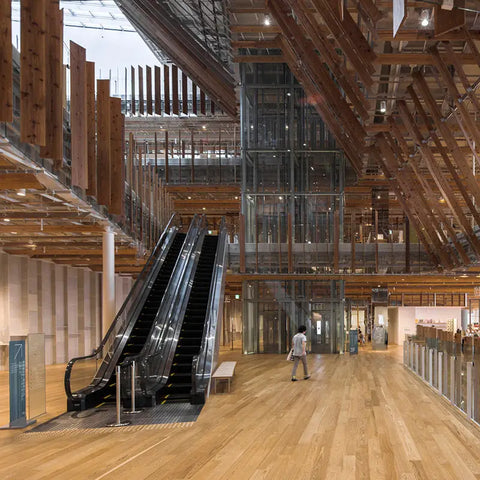 Toyama Kirari
Toyama Kirari
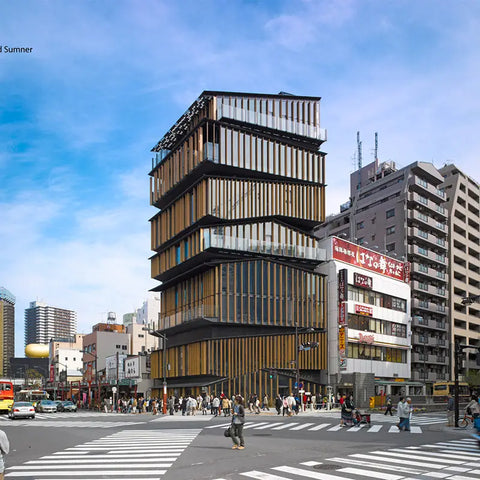
Asakusa culture tourist information
Obviously, this list is completely exhaustive, Japan is full of so many other talented architects. Japanese hyper-cities and particularly Tokyo are often represented by these huge glass towers and other structures that would give us a stiff neck from admiring them. However, let's not forget traditional japanese architecture which we talk about in this blog.
If you want to decorate your interior with charming Japanese objects,
take a look in our collection of figurines.

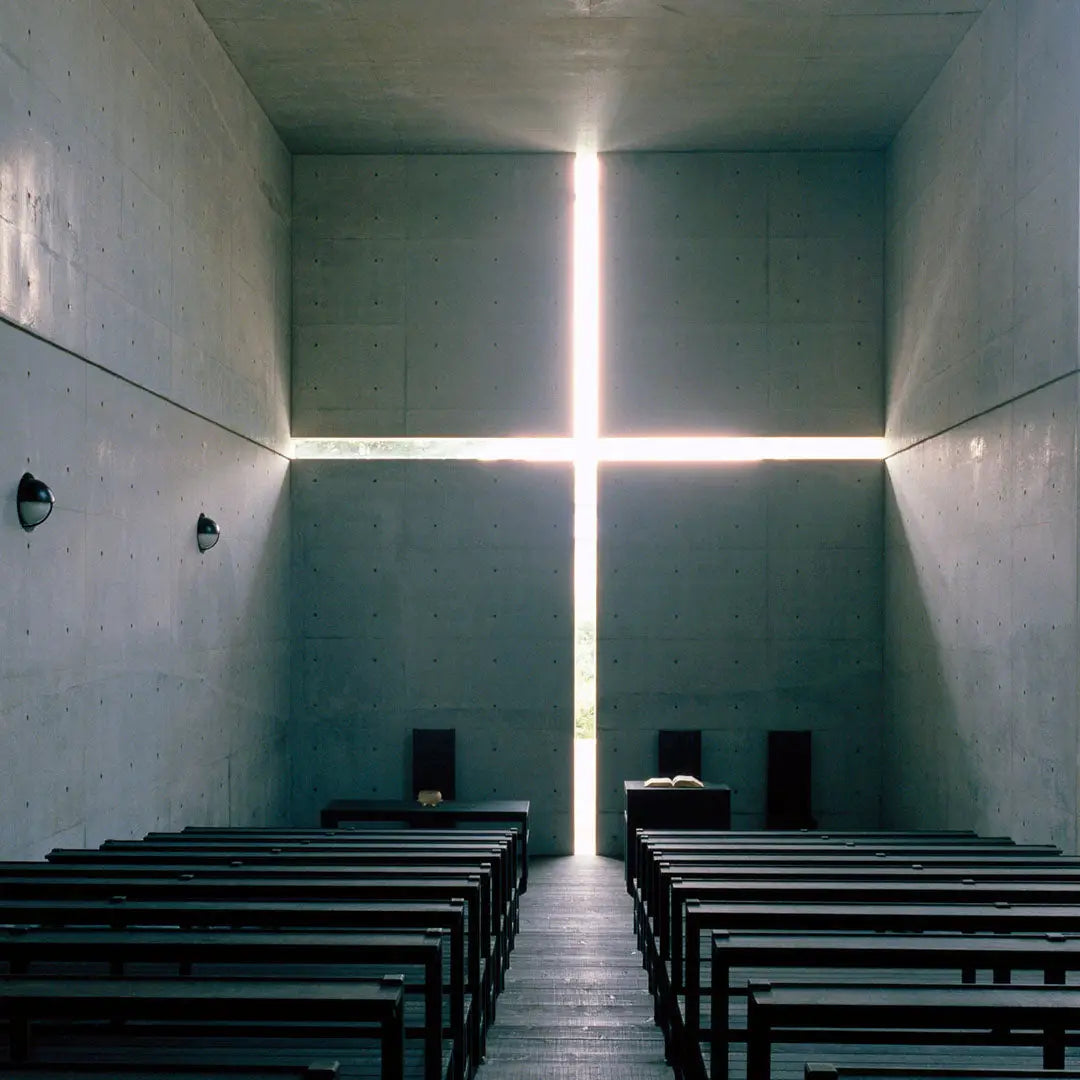

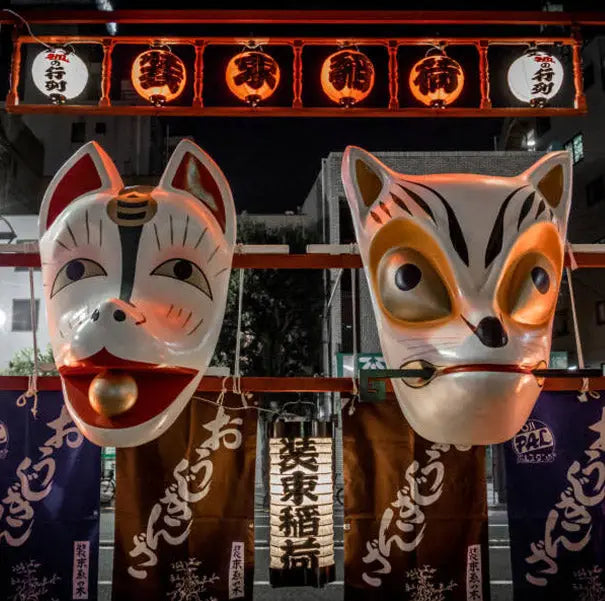
Leave a comment
All comments are moderated before being published.
This site is protected by hCaptcha and the hCaptcha Privacy Policy and Terms of Service apply.